Metabolism
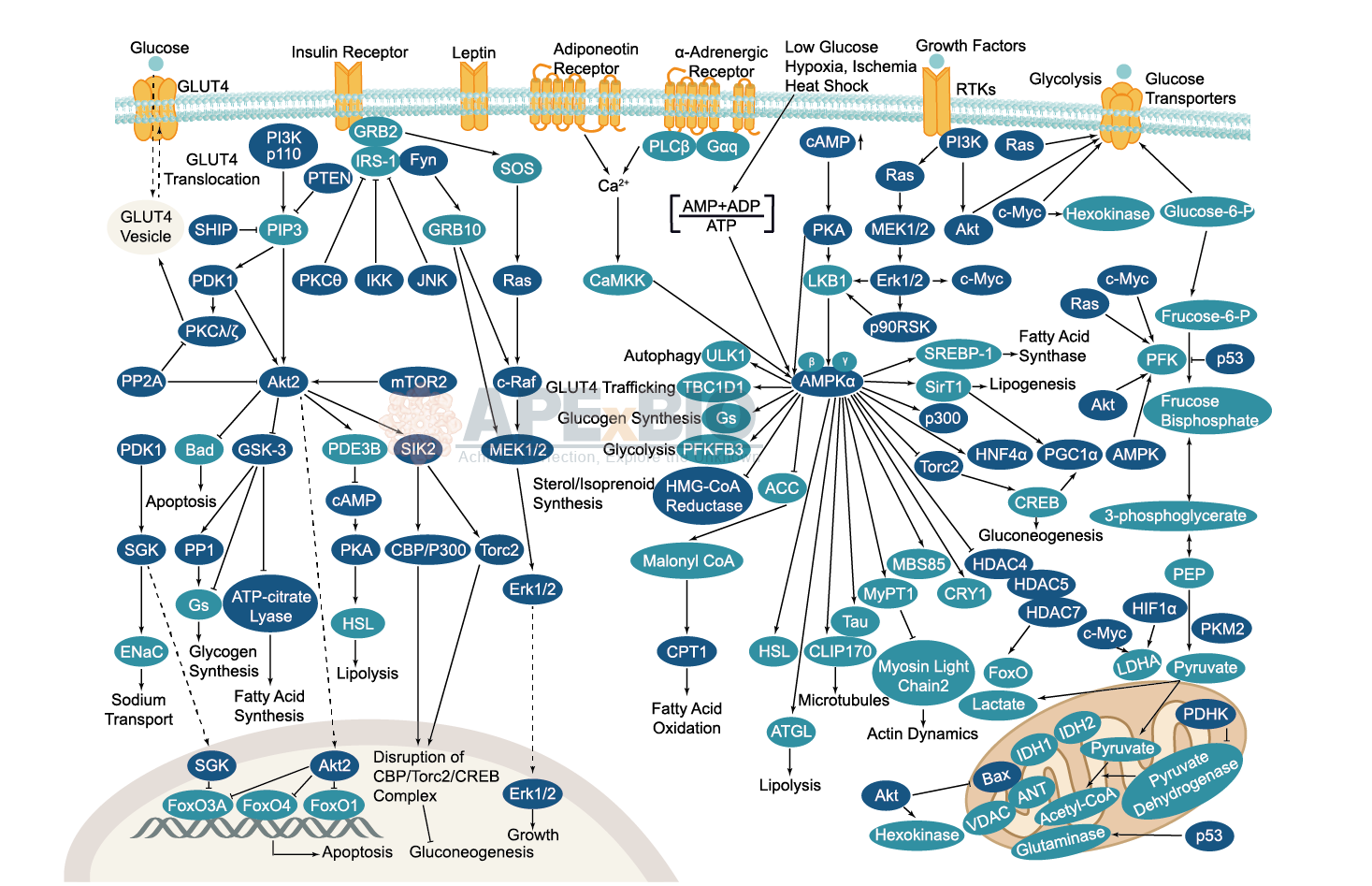
Serine/threonine kinase AMPK upregulates glucose uptake by promoting the expression and function of glucose transporters. AMPK is activated by increased AMP/ATP ratio, resulting from cellular and environmental stress, e.g. low glucose, heat shock, hypoxia and ischemia. AMPK activation positively modulates signaling transductions that refill ATP levels. Moreover, it also stimulates catabolic processes such as fatty acid oxidation and glycolysis through inhibition of ACC and activation of PFK2. AMPK negatively regulates various proteins which are important to ATP-consuming mechanisms, e.g. mTORC2, glycogen synthase, SREBP-1, and TSC2, causing the downregulation/inhibition of gluconeogenesis and glycogen, lipid and protein synthesis.
-
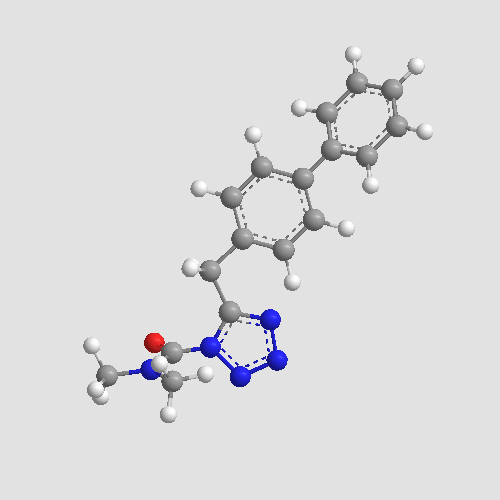 A3571 LY2183240Summary: Blocker of anandamide uptake,highly potent
A3571 LY2183240Summary: Blocker of anandamide uptake,highly potent -
 A3665 NortadalafilSummary: PDE5 inhibitor
A3665 NortadalafilSummary: PDE5 inhibitor -
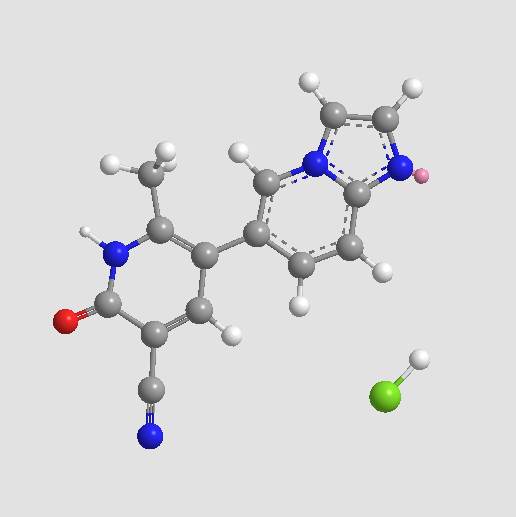 A3683 Olprinone HydrochlorideSummary: Phosphodiesterase 3 (PDE3) inhibitor, selective
A3683 Olprinone HydrochlorideSummary: Phosphodiesterase 3 (PDE3) inhibitor, selective -
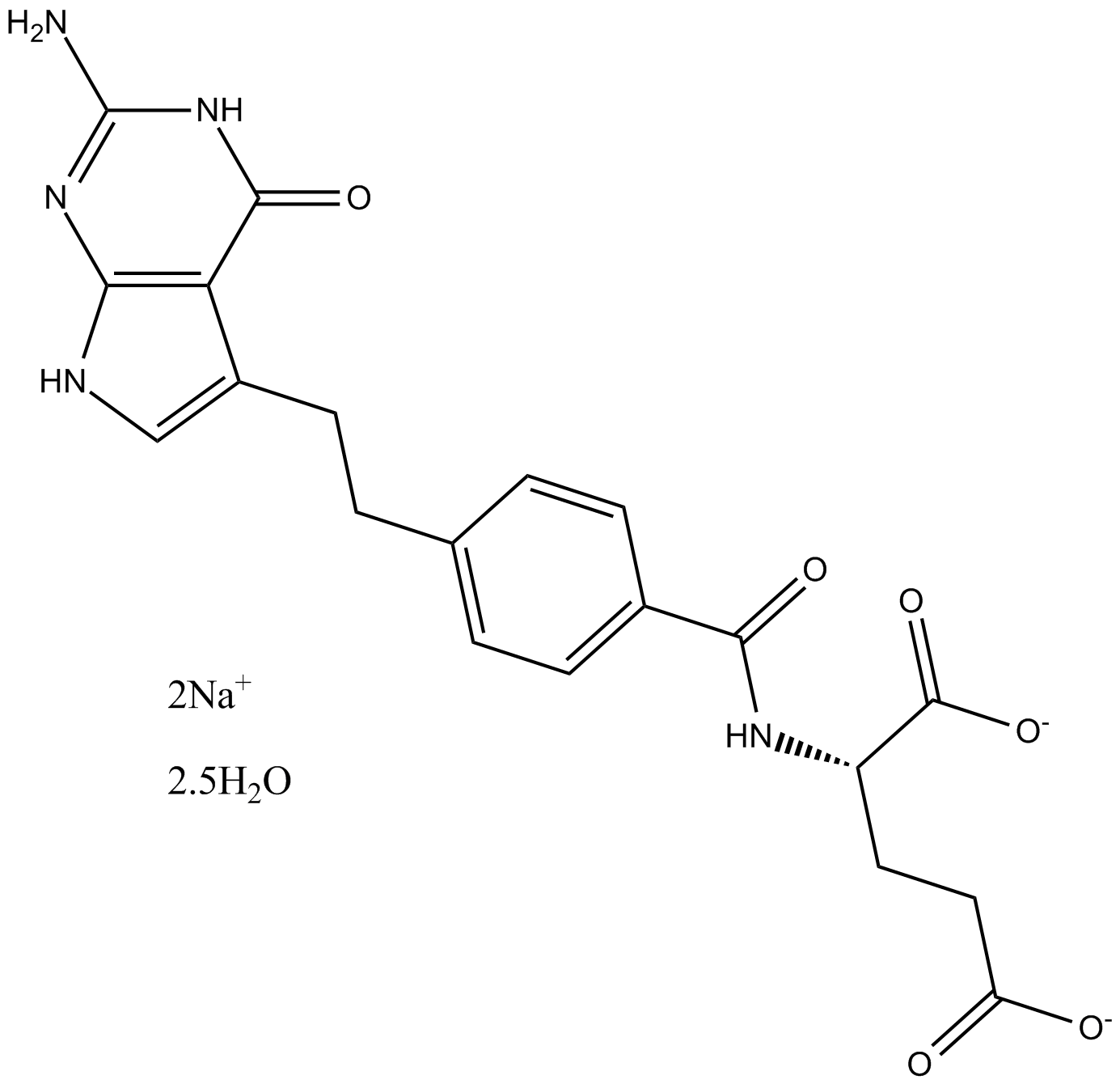 A3707 Pemetrexed disodium hemipenta hydrateSummary: Antifolate and antimetabolite agent
A3707 Pemetrexed disodium hemipenta hydrateSummary: Antifolate and antimetabolite agent -
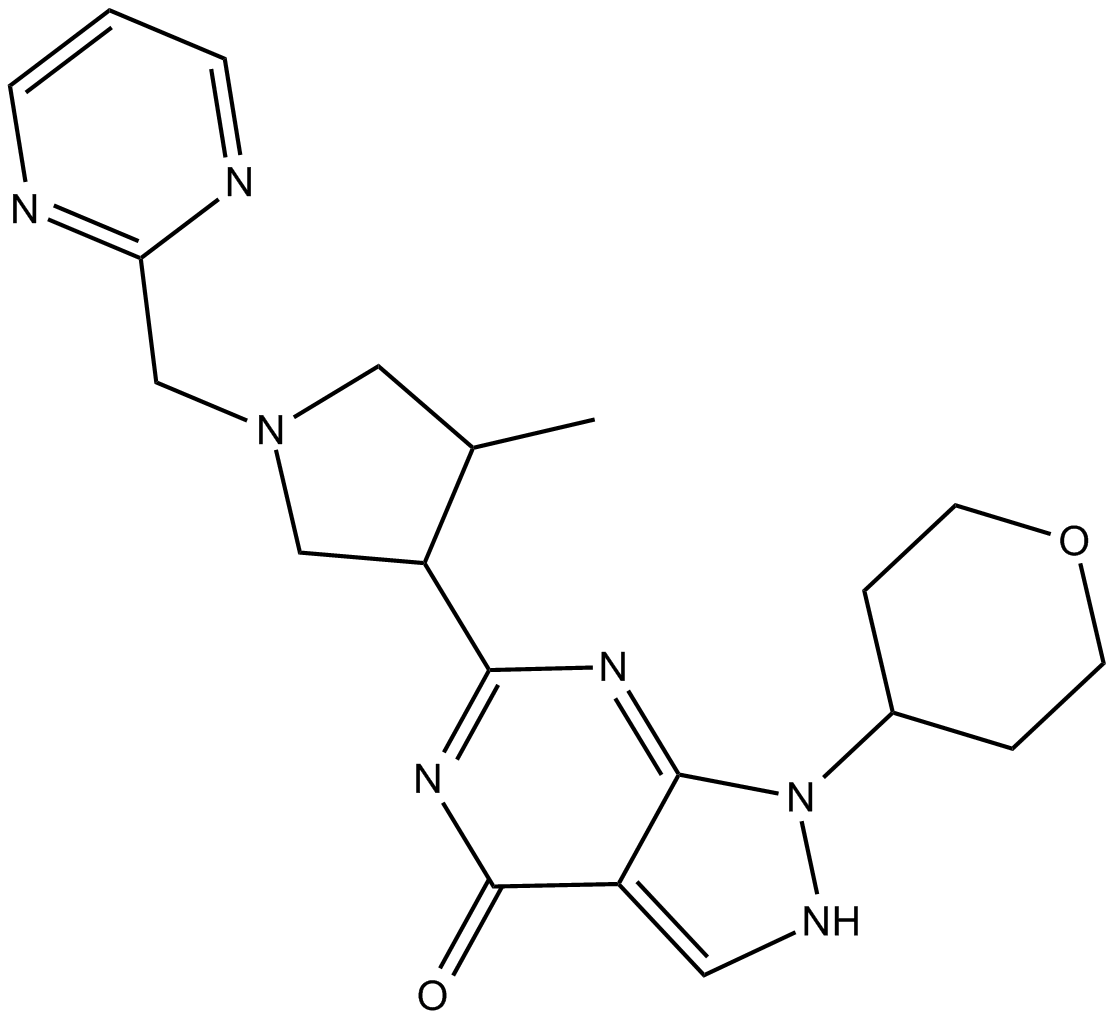 A3713 PF-04447943Summary: PDE9 inhibitor
A3713 PF-04447943Summary: PDE9 inhibitor -
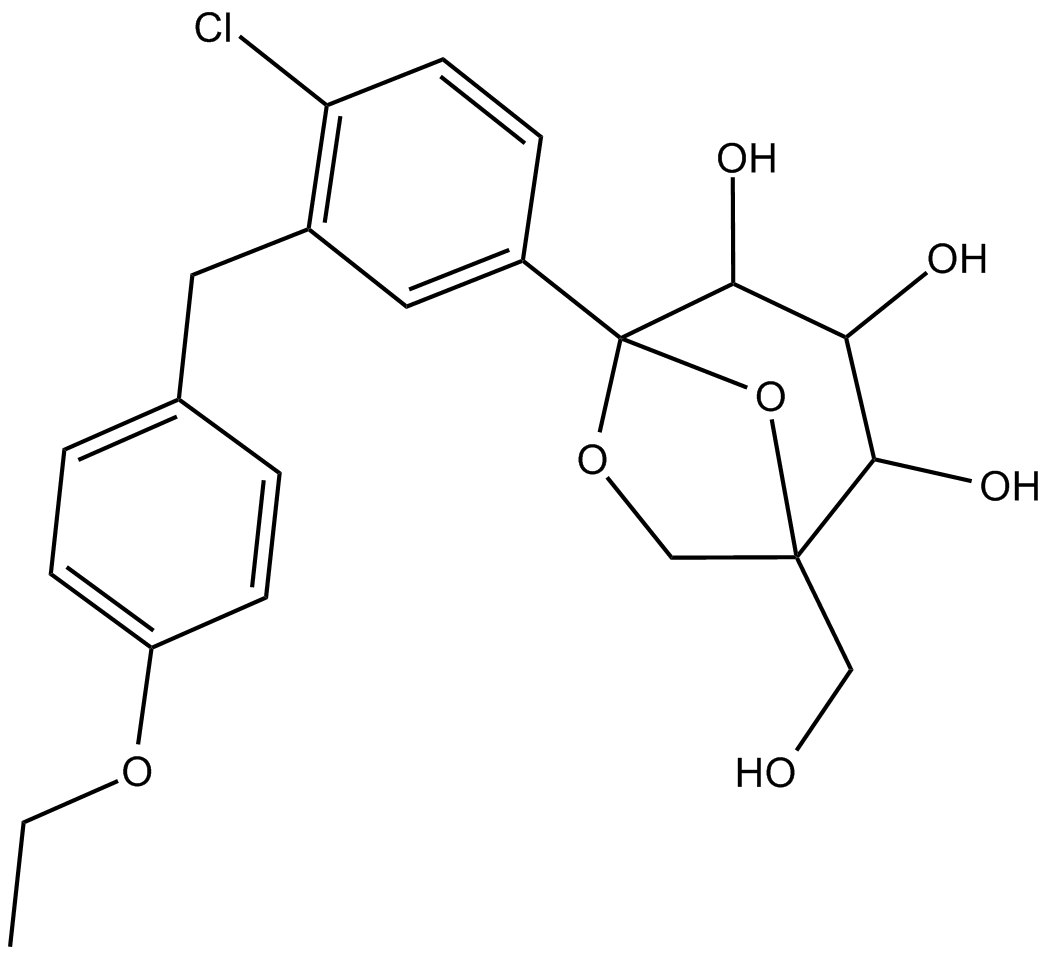 A3715 PF-04971729Summary: SGLT inhibitor
A3715 PF-04971729Summary: SGLT inhibitor -
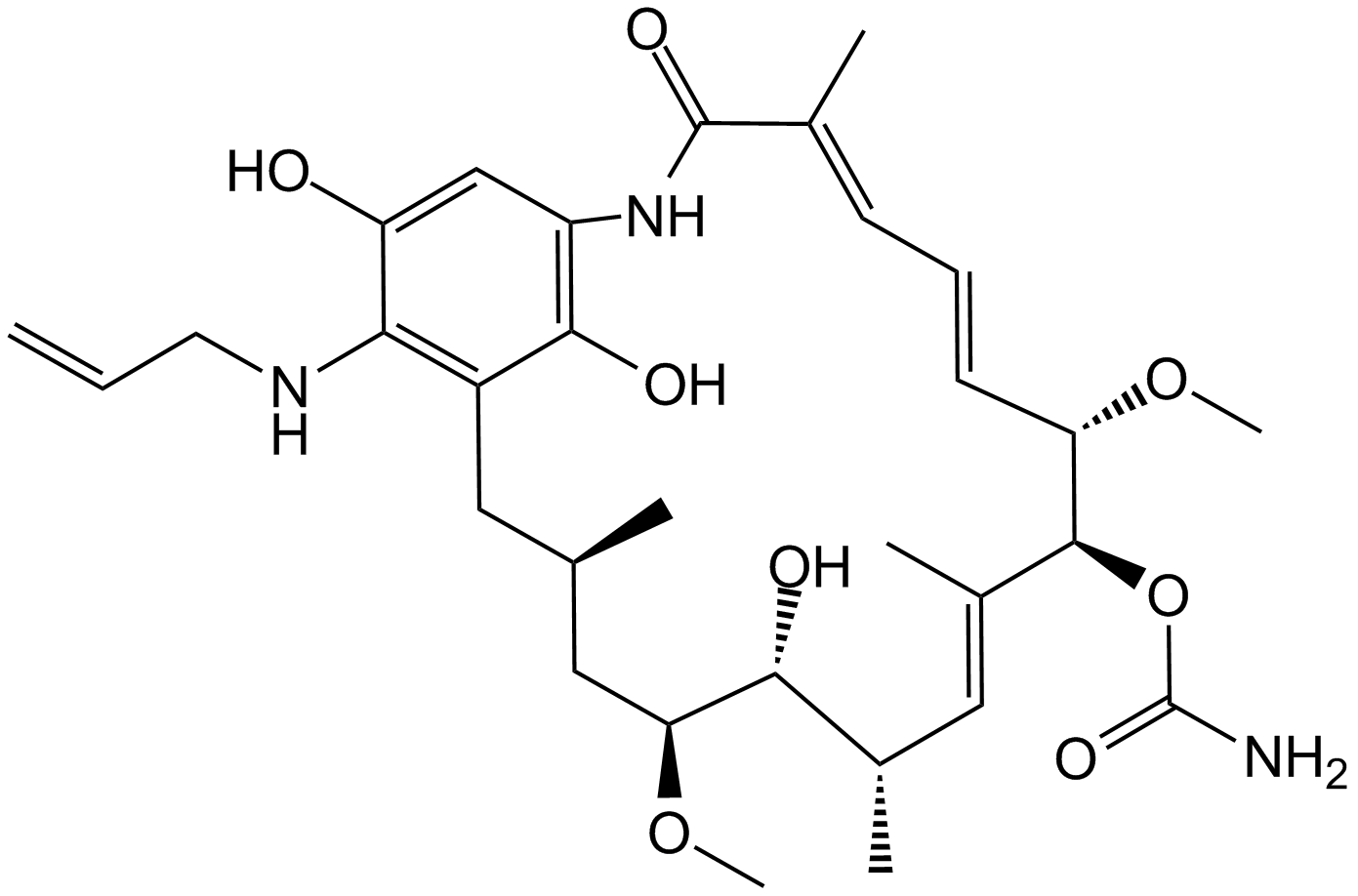 A3756 RetaspimycinSummary: HSP90 inhibitor,antiproliferative and antineoplastic
A3756 RetaspimycinSummary: HSP90 inhibitor,antiproliferative and antineoplastic -
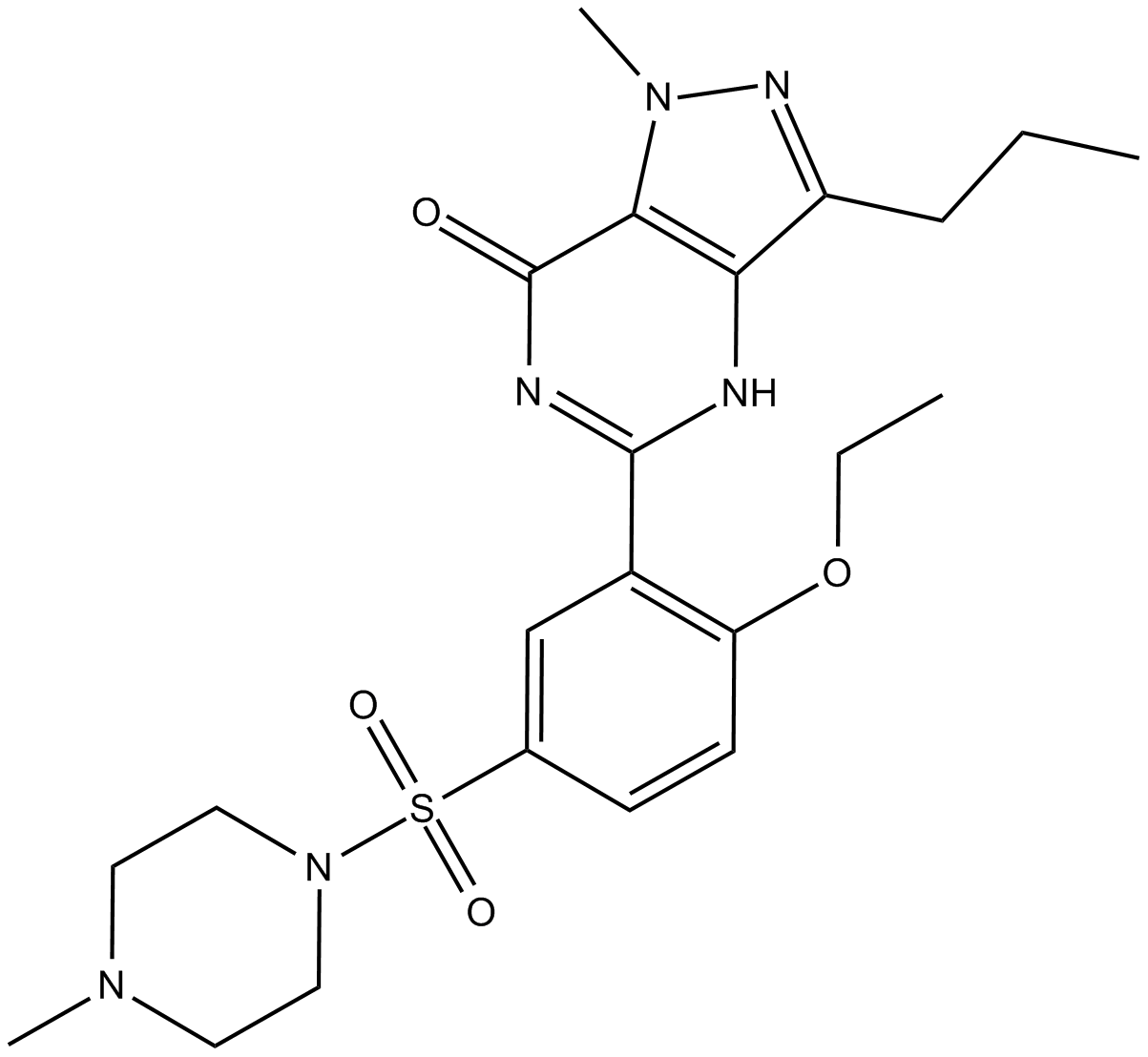 A3817 SildenafilTarget: Phosphodiesterases (PDEs)Summary: PDE5 inhibitor, selective
A3817 SildenafilTarget: Phosphodiesterases (PDEs)Summary: PDE5 inhibitor, selective -
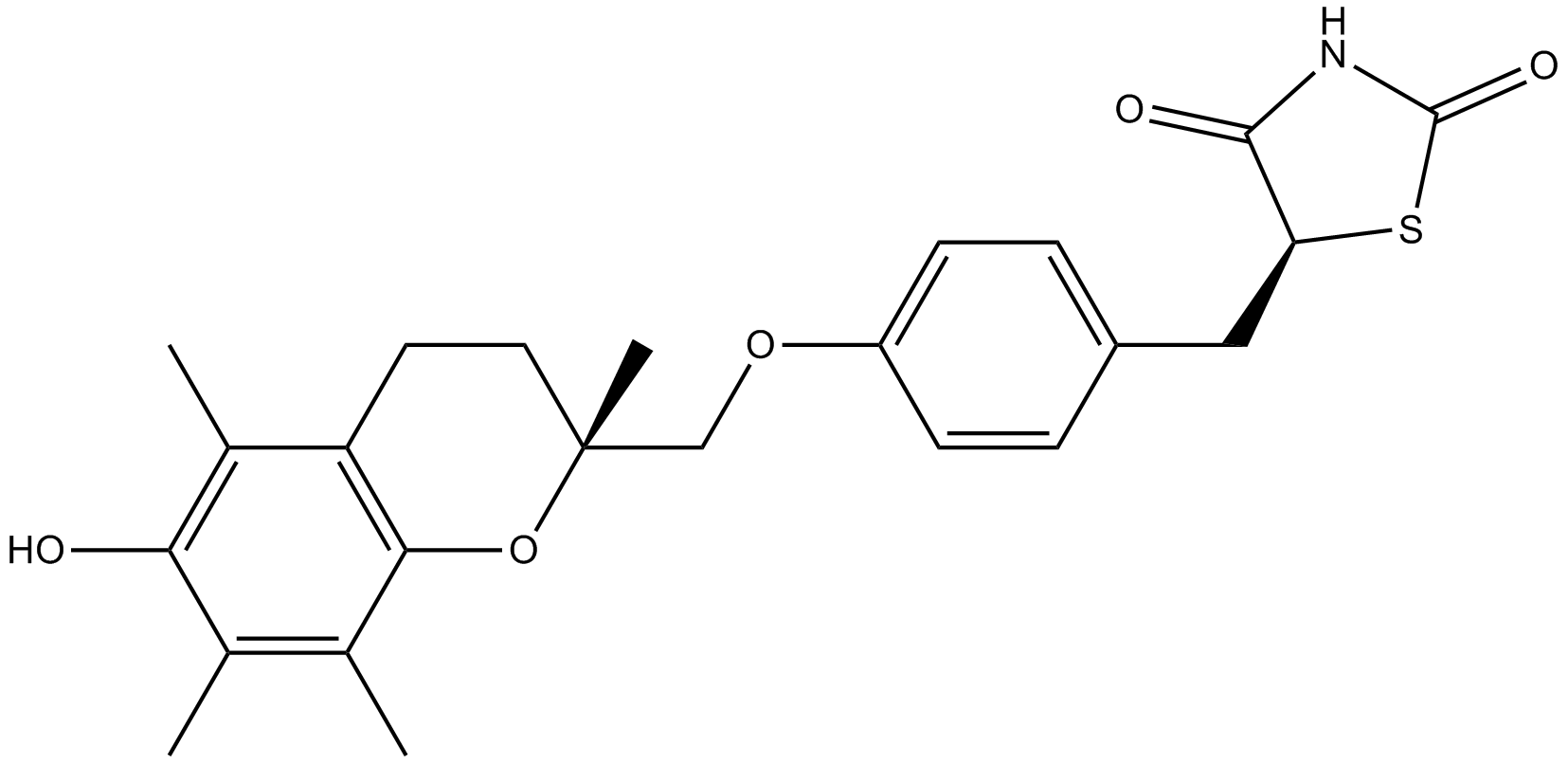 A3893 TroglitazoneTarget: PPARSummary: Selective PPARγ agonist
A3893 TroglitazoneTarget: PPARSummary: Selective PPARγ agonist -
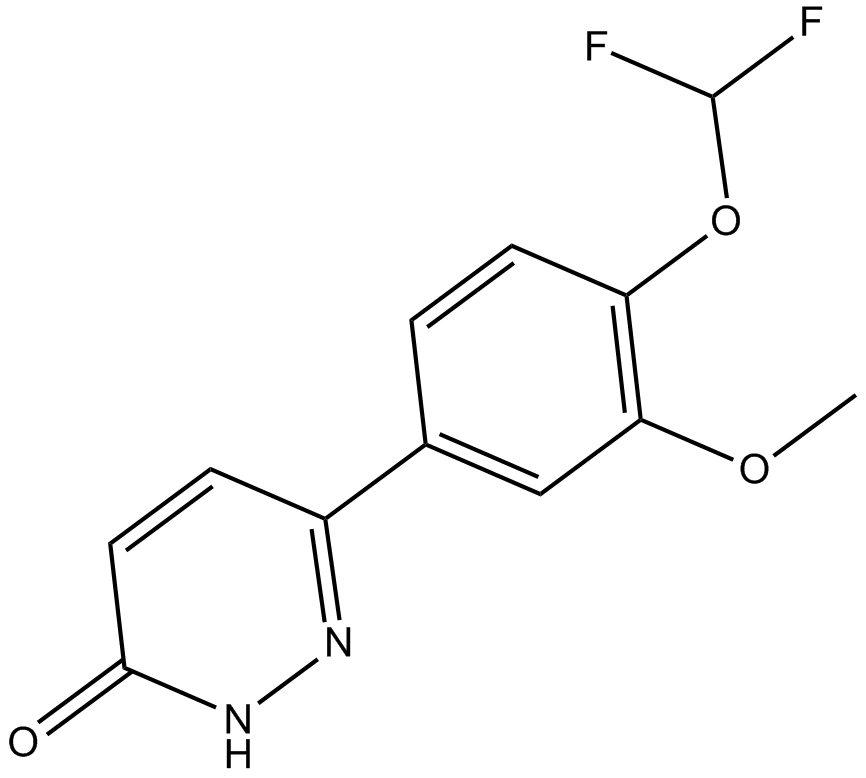 A3950 ZardaverineSummary: PDE III and IV inhibitor
A3950 ZardaverineSummary: PDE III and IV inhibitor

